The Garden of Stones (1976)
Secrets and mysteries lose power when they are spread too widely. This is what the villagers discover when they invade an old man's vision-inspired shrine to the namelessly holy.
Secrets and mysteries lose power when they are spread too widely. This is what the villagers discover when they invade an old man's vision-inspired shrine to the namelessly holy.
Directed by Patrick Gramm, 'The Pigeon People' (2023) takes you deep into Arizona's underground pigeon racing scene as racing rivals prepare for and compete in the Grand Canyon Classic - a 350-mile pigeon race from Utah to Arizona that crosses over the Grand Canyon.
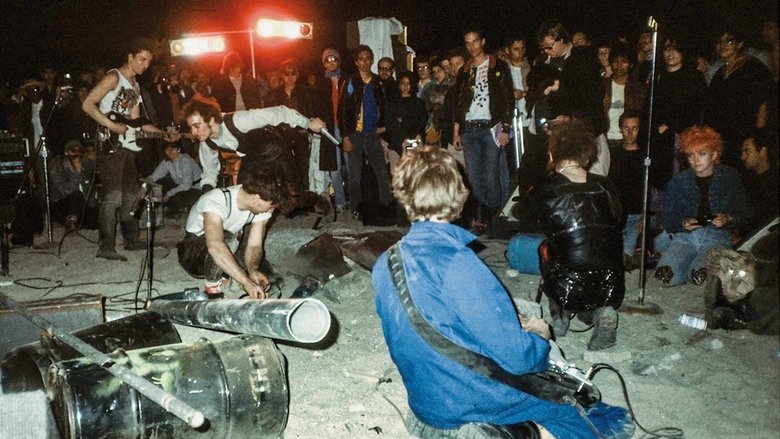
The untold story of a series of Reagan-era guerrilla punk and industrial desert happenings in Southern California that are now recognized as the inspiration for Burning Man, Lollapalooza, and Coachella. Interviews and rare performance footage of Sonic Youth, Minutemen, Meat Puppets, Redd Kross, Einstürzende Neubauten, Survival Research Laboratories, Savage Republic, Swans and more.
Celebrates 30 years of televised specials by The National Geographic Society.
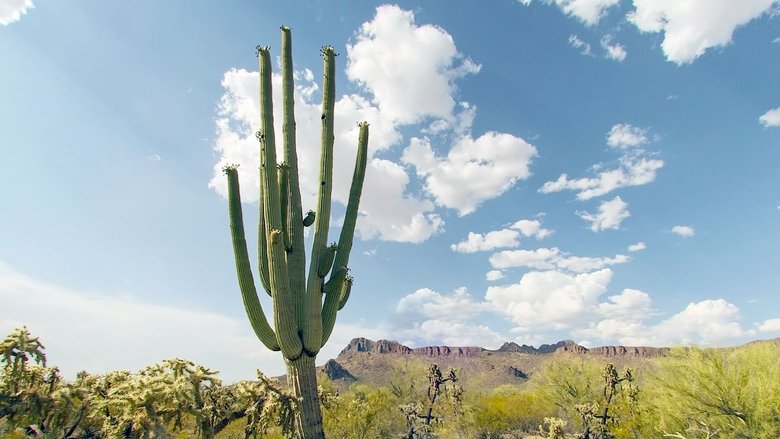

When a Mongolian nomadic family's newest camel colt is rejected by its mother, a musician is needed for a ritual to change her mind.
Twenty-Five miles from town, a million miles from mainstream society, a loose-knit community of eco-pioneers, teenage runaways, war veterans and drop-outs, live on the fringe and off the grid, struggling to survive with little food, less water and no electricity, as they cling to their unique vision of the American dream.
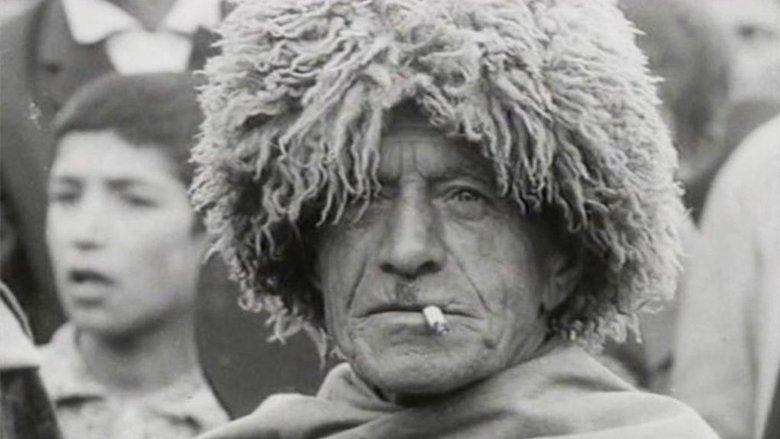
The last collaboration of Artavazd Peleshian and cinematographer Mikhail Vartanov is a film-essay about Armenia's shepherds, about the contradiction and the harmony between man and nature, scored to Vivaldi's Four Seasons.
For the last twelve years, Marisela and Ely, along with the volunteer group The Águilas del Desierto have roamed the US-Mexico desert. Their goal: to seek, find and return to their families the bodies of migrants who died while crossing on foot. This all-consuming calling takes a crushing toll on them, but how could they stop? Spare My Bones, Coyote! follows their work, dedication, and difficult lives they have chosen to live.
Zibeon Fielding, Aboriginal TSI man and long distance runner is preparing to run a crazy 62 kilometres. Driven by passion to help those he loves, Zibeon will run further than he ever has before in the heart of Australian desert.

A mechanic discovers the fossil of a huge carnivorous dinosaur, unleashing a war between scientists, mayors and neighboring towns to keep “the biggest dinosaur in the world.” Among bone thefts, replicas and a mayor obsessed with creating Dinolandia, anything goes when it comes to surviving.
Short documentary on the making of Henry Levin's Genghis Khan, which filmed on location in Yugoslavia. The final film's epic battle scenes are contrasted with the mundane reality of life on a film set.
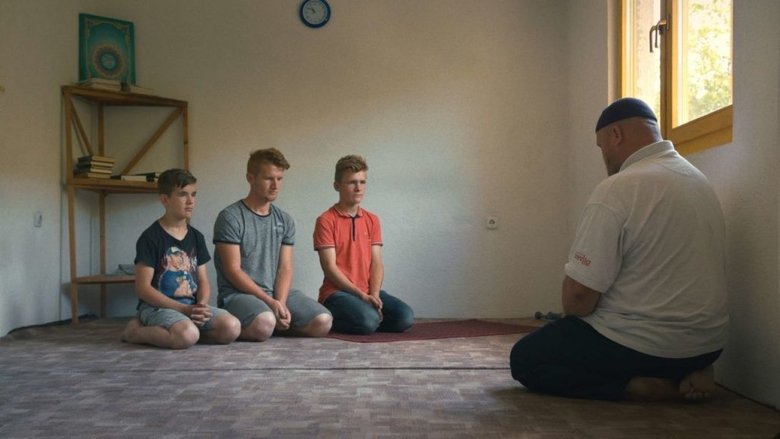
Jabir, Usama and Uzeir are three young brothers in a Sunni family of shepherds. Since childhood, their father Ibrahim has rigidly trained them in the principles of the Quran and has filled their minds with stories of the Bosnian War.
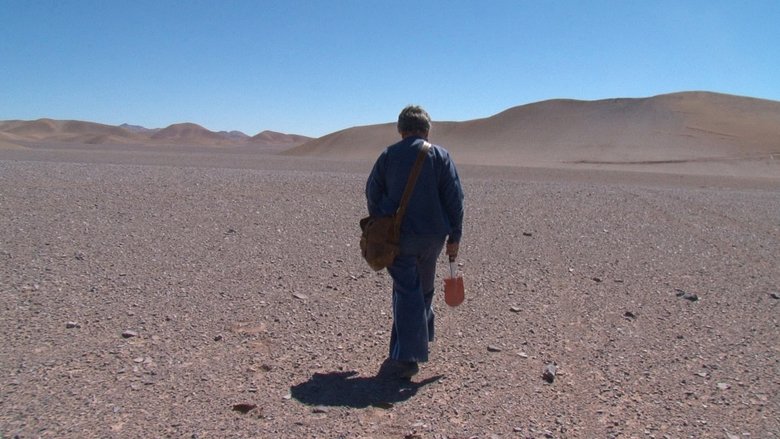
In Chile's Atacama Desert, astronomers peer deep into the cosmos in search for answers concerning the origins of life. Nearby, a group of women sift through the sand searching for body parts of loved ones, dumped unceremoniously by Pinochet's regime.
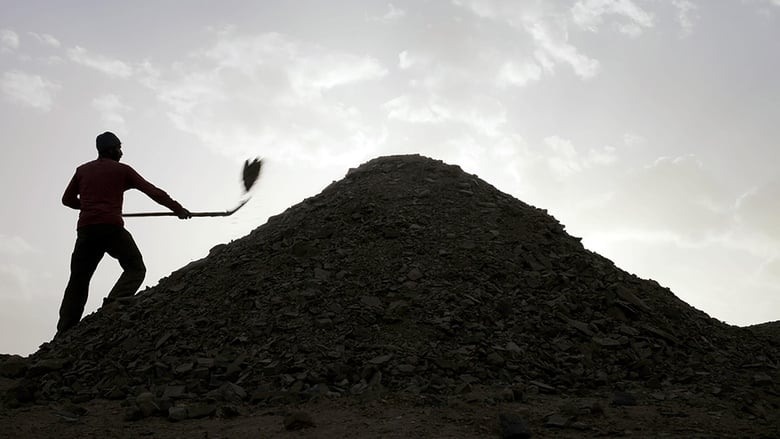
In the desert, a man extracts stones from a mountain and breaks them. In his perpetual labour, he meditates upon life and death.
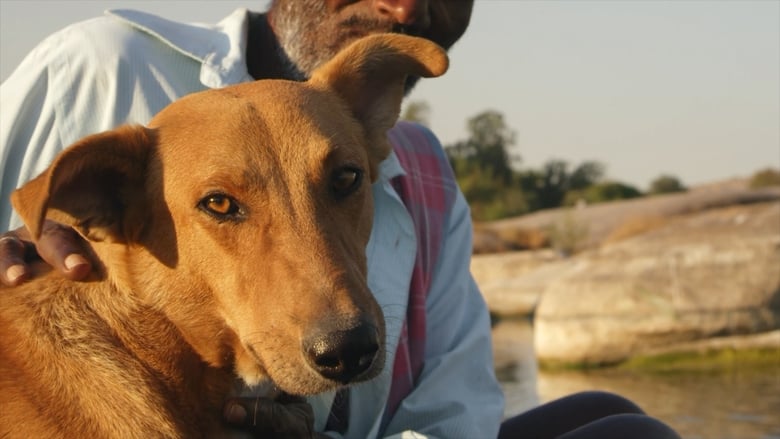
He has shared our lives for 20,000 years. Along the way, he has helped us find food, kept our livestock, protected us from our enemies, guided us in extreme conditions, and saved us from peril. Now, he comforts us, relieving loneliness and helping us cope with old age. How did dogs come about?
An ethnographic film that documents the efforts of four !Kung men (also known as Ju/'hoansi or Bushmen) to hunt a giraffe in the Kalahari Desert of Namibia. The footage was shot by John Marshall during a Smithsonian-Harvard Peabody sponsored expedition in 1952–53. In addition to the giraffe hunt, the film shows other aspects of !Kung life at that time, including family relationships, socializing and storytelling, and the hard work of gathering plant foods and hunting for small game.
Narrated by Oscar-nominated actress Emily Watson, MEERKATS 3D takes audiences on a journey with a family of meerkats as they cope with the twists and turns of life in the Kalahari Desert. The film begins as matriarch Klinky’s most recent litter emerges from the burrow for the first time. Klinky and her family, including elder children and regular babysitters Ms. Bean and Harry, must endure turf wars from rival families, attacks from vicious predators big and small and internal family turmoil. The survival of this clan hinges on the meerkat golden rule: Stick together, and keep calling.
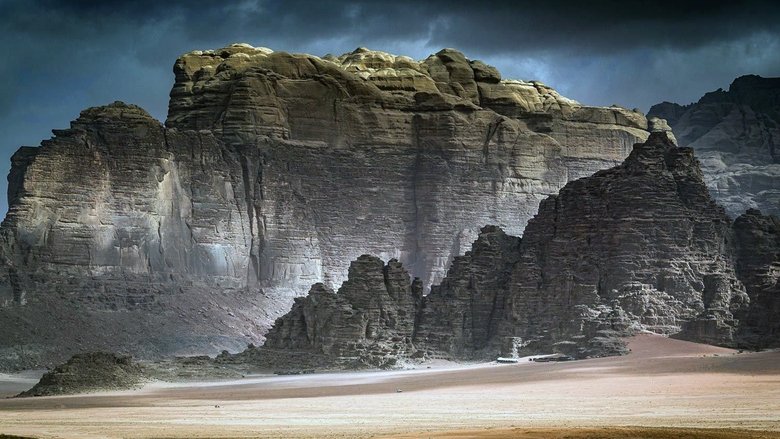
The documentary chronicles the journey and climbs of a group of young French people on the cliffs rising above Wadi Rum, in the desert south of Jordan, guided by two very athletic local Bedouins. The climbers set out to discover new, isolated places, fueled by a spirit of adventure. These places were little known, at least as climbing areas in 1988.
Namib, an incredible spot is home to the highest sand dunes on Earth, along with 3500 species of plants of incredible diversity, all adapted to the arid climate. Elephants, antelopes, lions, giraffes and rhinoceros roam freely in the Namib with neither fence nor enclosure, as if at the dawn of time. Management of the protected areas has been entrusted to the local people and in particular to the Himba, the dominant tribe of the desert. Underground there are hidden treasures, diamonds, uranium and iron. From the beginning of the 20th century the Namib has attracted miners from all over the world, with an increasing appetite. Today, new mining projects threaten the ecosystem of the region. Olivia crosses the desert from the South to North, sharing the difficult everyday lives of the people of the desert. Exploring this rich but fragile garden of Eden, she attempts to understand why the survival of the desert is so important to the people and animals that live there.
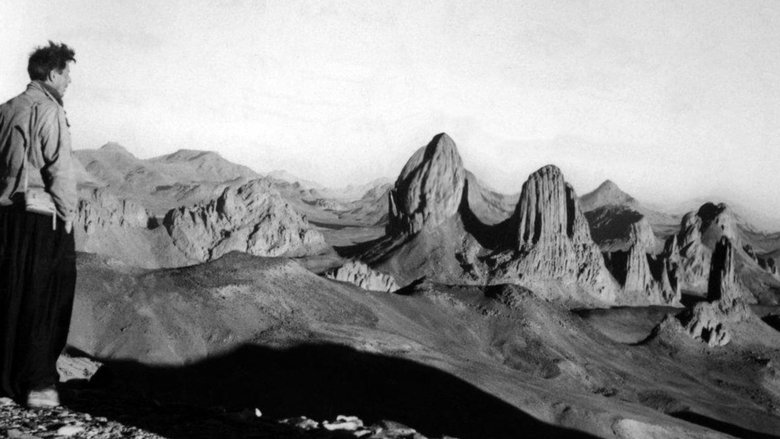
In 1950, the explorer Roger Frison-Roche made a crossing of more than a thousand kilometers on the back of a camel with the photographer Georges Tairraz II, in the heart of the Sahara, from Hoggar then Djanet in Algeria to Ghat in Libya. From their journey they brought back a large number of color films and documents. Among thousands of photos, they selected 47 images which reflect the various aspects of these immense spaces which occupy a third of Africa in the book "The Great Desert". “The Great Desert, 1000 kilometers on camelback” is the eponymous 85-minute documentary of this epic, released in 1950.